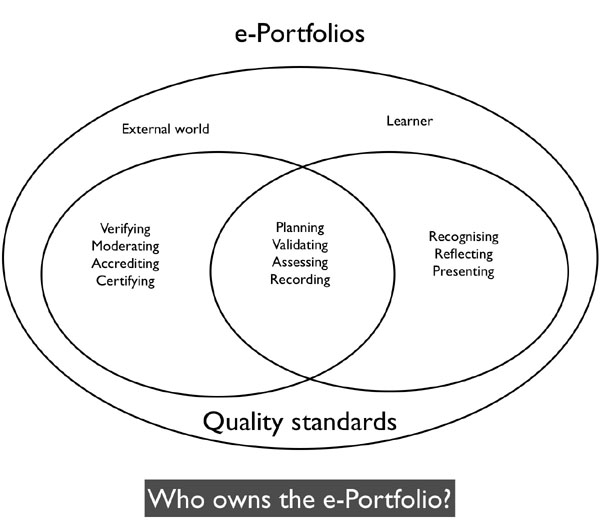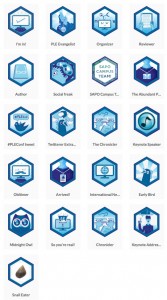The Great Disruption?
This years meme at ed-tech conferences is disruption. There seems to be two opposing discourses. One says that education is not in a period of disruption – rather that the system is evolving to take account of the possibilities that technology offers for teaching and learning.
The other says we are entering a period of disruption with the existing system fundamentally unable to respond to needs and that the take up of technology will lead to fundamental change. The rush to deliver and accredit MOOCs is seen as the tipping point.
I think both sides are wrong. Firstly there are massive differences in different countries. Whilst there is little doubt of the speed of change, uncertainty and even disruption in the US and UK higher education sectors, in Germany and the Netherlands, for example, life seems to be going on as before.
What this suggest to me is that it is not technology as such that is the major factor in disruption. Rather it is social and ideological drivers which are leading to the more apocalyptic scenarios. We probably have reached a tipping point in that the use of technology for learning is becoming mainstream. And the availability of high quality learning opportunities outside the classroom means that educational institutions can know longer claim a monopoly on learning or knowledge. Equally the power of smart phones is opening up new contexts for learning. Of course these developments will lead to changes – particularly in pedagogy – within institutions.
But the promise of such developments is to extend education to all who wish to learn, rather t5han the present minority who are able to access higher education.
But this i9s a political and social decision. Technology can be used in many different ways – for good and for bad, In the US and in the UK the technology argument is being used as part of an ideological drive to extend the remit of capital to include education – in other words to privatise education. And of course the new private institutions will be driven primarily by the need to make a profit – rather than by pedagogical imperatives.
Lets look again at MOOCs. the early MOOCs – now known as c-MOOCs – were developed by people like Stephen Downes, George Siemens, Dave Cormier and Jim Groom. The idea of massive open online courses was not to make money. Quite the reverse : they were struggling to find models to sustain the programmes. They were motivated by the idea of new pedagogical approaches to using technology for learning.
Now MOOCs have been picked up by the mainstream system. Coursera is an international consortium of elite universities using a proprietary platform to deliver free online courses. Apart from their use of video these courses are somewhat traditional in their pedagogic approach. At last weeks EFQUEL conference, Jeff Haywood, Vice Principal of Knowledge Management at Edinburgh university, a founder member of the Coursera consortium, was quite explicit about their interest in MOOCs. We are there to make money, he said. And if we do not make money within four years we will close the MOOCs down (it is worth reading Audrey Watters extremely amusing account of the education session at the TECHCrunch Disrupt conference in San Francisco earlier this week).
Same technology – but very different pedagogic approach and motivation. So it is not technology per se which is the driving force behind the great disruption. Rather it is the economic crisis and political and ideological responses to that crisis. As a society should we be retaining free education and investing in education as a response to the fall in productivity and high levels of unemployment. Or should be be seeking to cut back by privatising education? That is the real debate.


